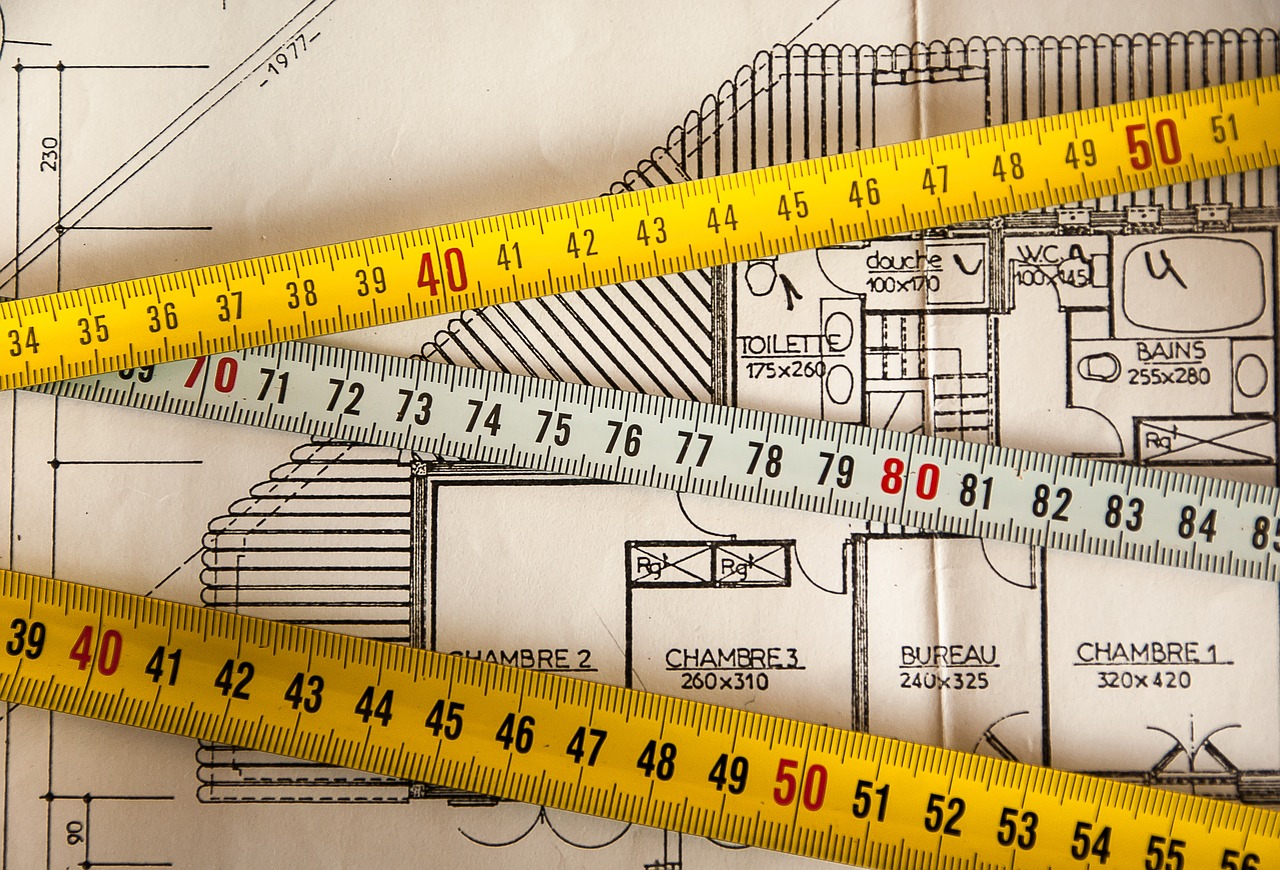Women architects have been sidelined from history for too long. Take Ida Annah Ryan, for instance. Does this name ring a bell?
I didn’t think it would.
She was the first woman to graduate from the Massachusetts Institute of Technology (MIT), the first American school to offer a degree in architecture. She was designing model cities in college (1904), and she worked for Frank Lloyd Wright in his Oak Park Studio after graduation (1907). She and another of Wright’s female architects, Isabel Roberts, established a successful practice in Orlando, FL in the 1920s. She is just one of 100 women who worked for Frank Lloyd Wright .
Remembering women in architecture
On May 3, the Sarasota Architectural Foundation, Florida (SAF) hosted the film A Girl is a Fellow Here: 100 Women Architects in the Studio of Frank Lloyd Wright. The film, produced by the Beverly Willis Architecture Foundation, (BFW.org) resurrects the memory of forgotten women architects. After the film, three contemporary Sarasota-based women architects discussed the state of women in the profession.
“A Girl Is A Fellow Here”: 100 Women Architects in the Studio of Frank Lloyd Wright from Beverly Willis on Vimeo.
Empowering event @RinglingCollege with Owens, White, Wilson and Russell. Architecture matters! pic.twitter.com/m2ED8eJpfU
— SAF (@SAF_Modern) May 4, 2016
The executive director of the Sarasota Museum of Art, Anne-Marie Russell, moderated the panel discussion following the screening. Joyce Owens AIA RIBA, Tatiana White AIA, Selma Göker Wilson RIBA, say their male cohorts on the job often respected them once the women won the men’s trust. But, without much prompting, each woman could recall a story when she had endured overt sexism.
In the AIA Gulf Coast Chapter, only 12 percent of the membership is women. It’s a demanding profession. Those that stay in it accept that architecture is a way of life, and women need a supportive spouse if the couple plan to have children, says Joyce Owens.
Visionary architect Zaha Hadid was one of very few women commissioned to design famous public buildings. Why is that so? Is there sexism in design? How does one explain that there are very few women who are leaders in the field. Consider that designers influence culture. The question should be asked often because the architects are dramatically reshaping our built environment and we should know who they are.
